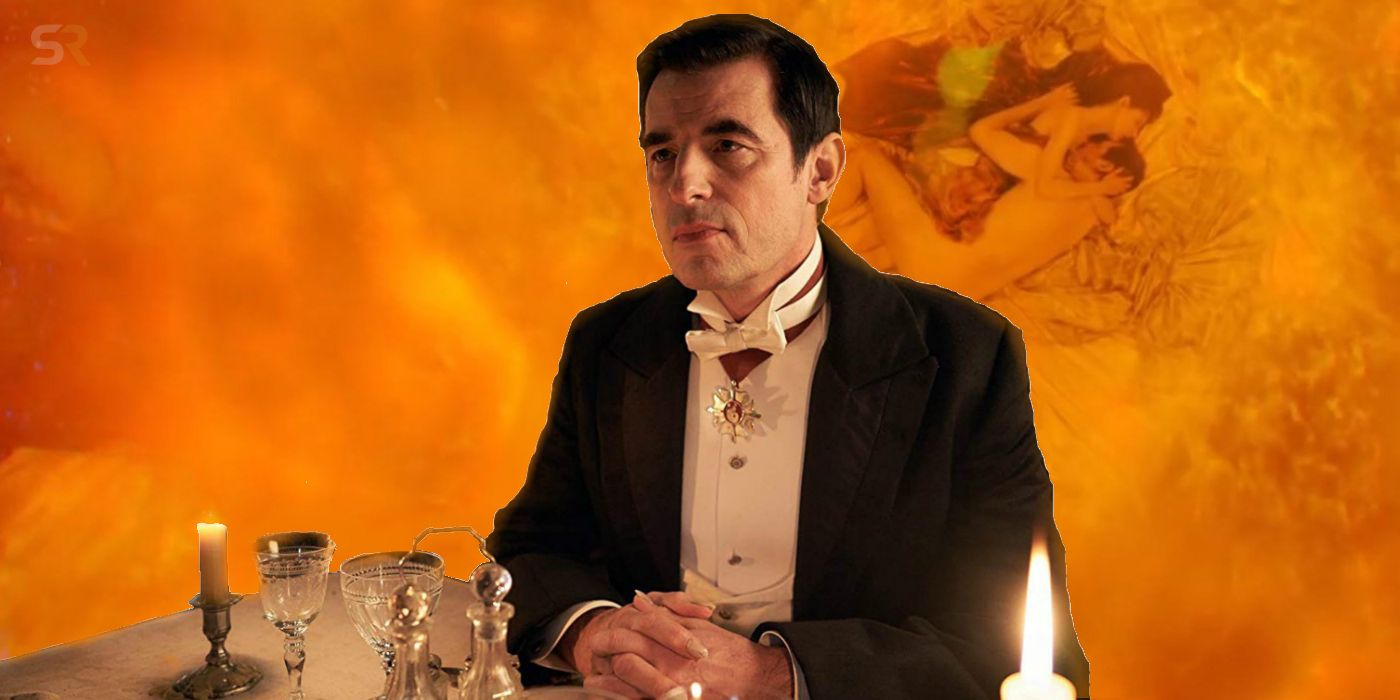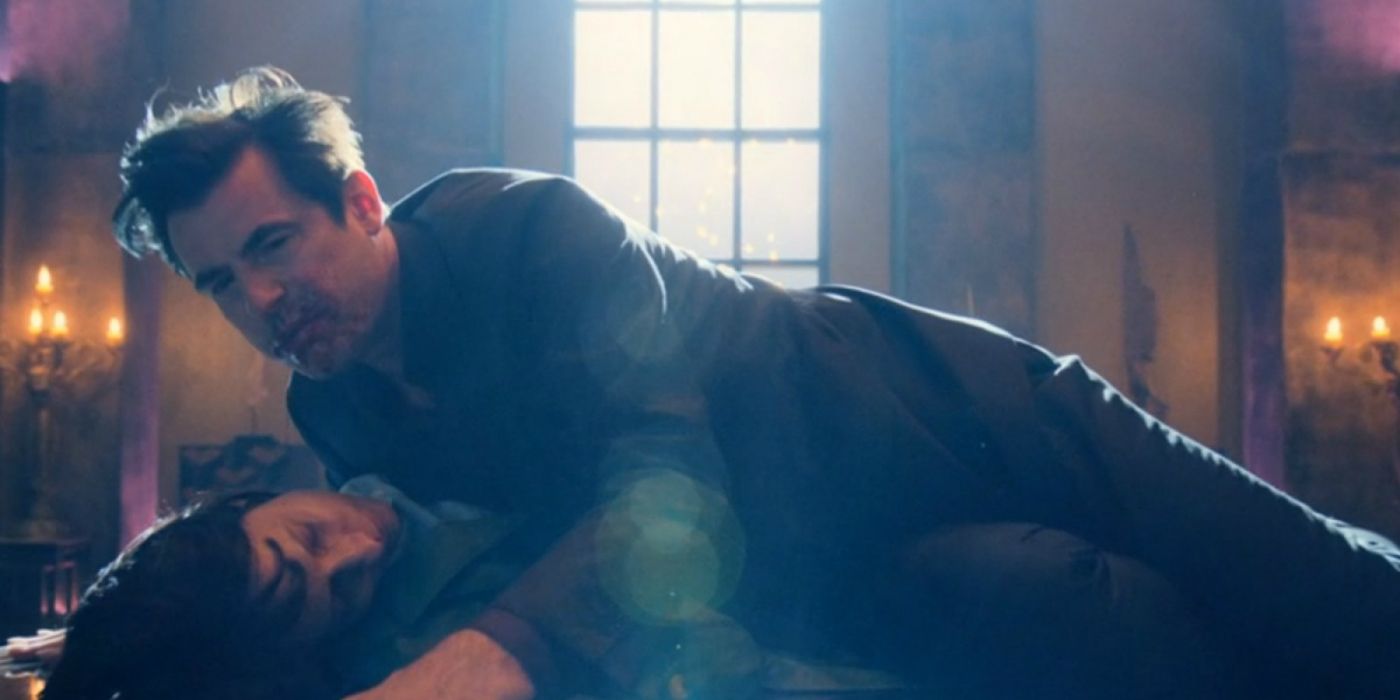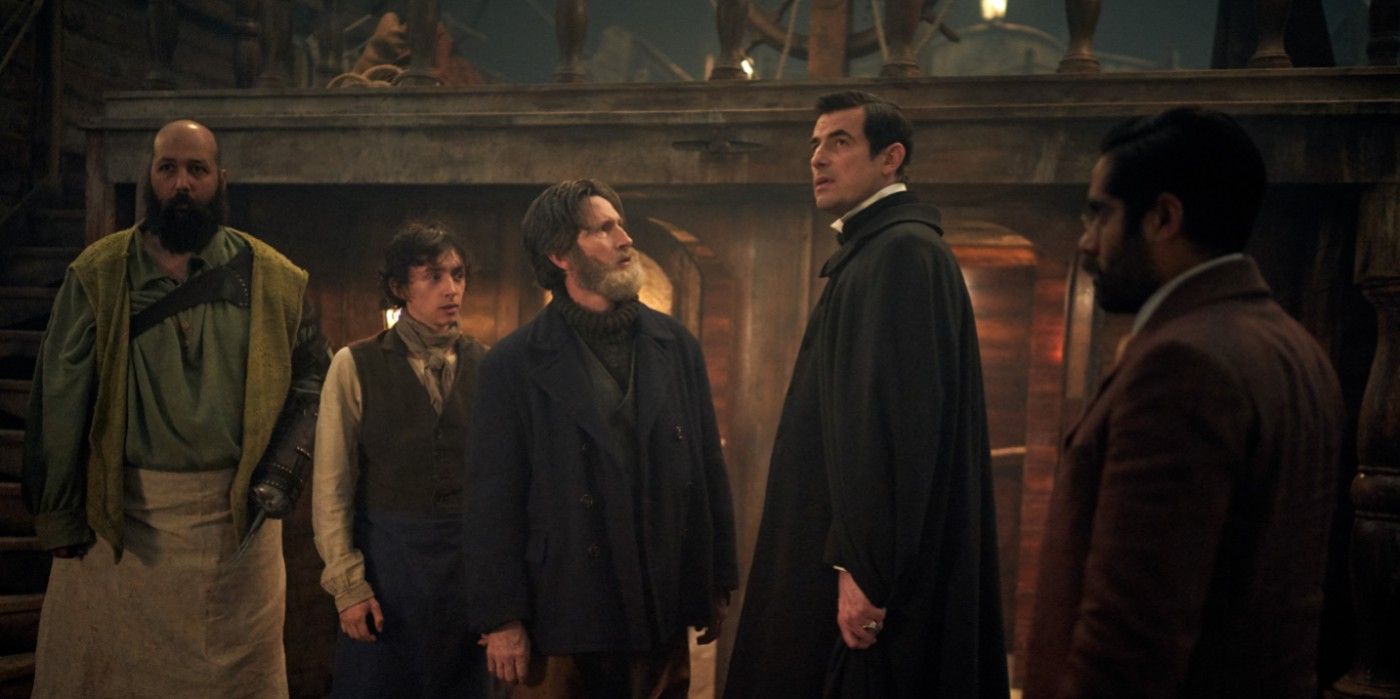While Netflix’s Dracula provides a unique take on the vampire novel, one element that remains impassable is its strange relationship with the vampire’s sexuality.
Bram Stoker’s original novel has a history intertwined with eroticism. Published in 1897, it approaches the topic of sex the only way Victorian novels knew how: indirectly. Many scholars have attempted to make sense of the book’s sexual undercurrent, some claiming that Dracula represents Victorian anxieties towards gender and sexual fluidity. Netflix’s Dracula capitulates on this fluidity, leading to a protagonist that is less sub-textual but equally difficult to comprehend.
Dracula is one of the most iconic figures in cinema, used as a vessel to explore broader societal themes: power, sexuality, desire. Bella Lugosi’s 1931 portrayal first captured the terrifying allure of the vampire, Steven Moffat’s 2020 Dracula following suit. Every episode sees Dracula (Claes Bang) proving seductive to a different person. In episode one, “The Rules Of The Beast,” he draws in Jonathan Harker (John Heffernan); in episode two, “Blood Vessel,” he attracts the attention of Lord Ruthven (Patrick Walshe McBride); in episode three, “The Dark Compass,” Lucy Westenra (Lydia West) becomes his new bride.
Netflix’s Dracula Draws A Parallel Between Blood Lust and Sexual Desire
Many vampire interpretations conflate desire for blood with other types of desire. British “Odd Couple” series, Being Human, directly associates blood lust with sex addiction in its vampire character. In Netflix’s Dracula, his blood drinking is connected to sex. As he feeds on both Jonathan Harker and, later, a sailor on the Demeter, the victims enter a dream in which they imagine they are having sex with a woman only to realize she has Dracula’s face. In the season finale, Zoe Van Helsing and her great aunt Agatha (both played by Dolly Wells) are brought into an erotic vision of the vampire as he drains Zoe’s blood.
As the show moves into the modern era, it becomes explicit in its overlapping of blood and sex. Dracula uses Tinder, a dating app, to search for victims. The relationship he establishes with Lucy is clearly sexual in nature. Zev (John McCrea) notices Lucy texting the vampire and teases her about her “booty call”.
Steven Moffat’s Dracula Sidesteps Queerbaiting, Barely
The original novel is, by most, considered extremely homoerotic. The sexual nature of Harker and Dracula’s relationship is represented in the series by one of the first lines uttered by Van Helsing asking Jonathan if he has had sex with the vampire. Dracula is written bisexual. He claims to like all things young and beautiful, making advances on men and women alike. His Tinder, set to all genders, is prominently displayed. In doing this, Dracula avoids the pitfalls of Moffat’s other show, Sherlock, which was critiqued for queerbaiting a relationship between Sherlock and John, or Sherlock and Moriarty. It hinted constantly at the possibility without ever following through, going so far as to mock fans for reading queerness into it in its short special, “Many Happy Returns.”
However, although Dracula is an improvement, blatantly confirming the vampire’s intrigue in both men and women, it treats his relationship with the two differently. When Dracula feeds off/seduces Jonathan, Harker perceives it as an affair with his female lover. This is also true of Dracula’s consumption of Abramoff (Alec Utgoff). However, when he feeds off Van Helsing, there is no trickery. It is his naked form she witnesses. While Netflix’s Dracula is certainly an improvement on Moffat’s past mistakes, its unwillingness to fully commit to his bisexuality means the vampire’s sexuality is left hazy by the end of the third episode.



